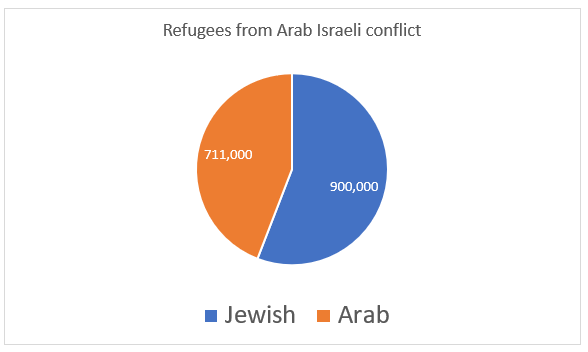
There have probably been more words written about the Israeli -Arab conflict than any other post WW2 military dispute. I have no way to highlight this in a graph, but I wouldn’t be surprised if the words written about the Israeli – Arab conflict didn’t outweigh the words written about the largest ten or so of the global conflicts that have taken place in the same time period – combined. Too many words are written and the truth becomes lost in a tsunami of distortion. One death near Bethlehem yesterday became headline news about a teenage medic being killed, despite doubts about his innocence. The Guardian ran no such headlines about the lawmaker shot whilst on a peace-making pilgrimage in Sudan – a conflict that has taken 400,000 lives in just five years. Conflicts have different values, which is what this blog is about.
The conflict as a refugee crisis:
The Arab Israeli conflict created refugees. During the early civil and regional conflict of 1947-1949, many Arabs fled and some (especially those in openly hostile villages) were evicted. Some were offered rehousing inside Israel but still chose to leave (this puts paid to the ethnic cleansing accusation). After the conflict ended, some outside Israel were offered a return but refused (as it meant recognising Israel). Jewish communities also suffered throughout the region. Events in British Palestine were used as an excuse by rising national and Islamist ideologies. A trickle turned into a flood, the flood into a tsunami. Within a few short years the ancient Jewish Arab communities had been almost completely ethnically cleansed. Most of the Jewish refugees settled in Israel. These are the comparative numbers of refugees created by the Israeli/Arab conflict:
For the Arabs, I used the UNRWA figures even though these are without doubt exaggerated. It doesn’t matter – even when the Arab refugee numbers are artificially inflated, the conflict clearly created more Jewish refugees than Arab ones. This is what real ethnic cleansing looks like:
Who is a refugee?
In 1949, the UN created a special body to look after the Arab refugees – UNRWA. In turn they created a special definition of refugee, just for the Arabs caught up in this conflict. This included any Arab immigrant who had moved into the area before June 1946 and strangely chose to make the title hereditary. It means the grandchild of an Arab Iraqi who immigrated in 1945 is seen as a Palestinian refugee with a claim on Hebron, but a grandchild of a Jewish descendant of the community massacred in Hebron in 1929 is given no claim to Hebron. Under normal UNHCR rules these people would not be viewed as refugees. It also means that a Palestinian living in Ramallah, inside PA areas, is seen as a refugee – even though the normal definition would at best, consider him a displaced person. This graph shows the difference between the number of Palestinians recognised as a refugee today against how many would be recognised as a refugee had UNHCR run the show the way refugees are normally handled:
That’s right – none. The UNHCR would have done what they always do with refugees – seek to end the refugee status through resettlement. Giving them a new life. The Palestinians are explicitly excluded from the international convention and protocol relating to the status of refugees which enabled UNRWA to perpetuate their status:
We are left in an alternate universe, where a wealthy Palestinian living in a large villa in Palestinian territory, can be regarded as a refugee. The difference between the two approaches is five million to zero. The deliberate perpetuation of suffering for geo-political warmongering.
The ‘most brutal army on earth’
There is the conflict between Israel and its neighbours and within this greater picture, the conflict between Israel and the Palestinians. Many of the casualties of the major wars were invading Arab forces. Such as the irregular Arab forces who invaded British Palestine whilst the British still had official control of the Mandate. Or the Arab armies that invaded in May 1948, or fought in the 1967 or 1973 wars.
This analysis is only interested in Arab Palestinian casualties (even though until recently these people rejected the identity of ‘Palestinian’). In total, from the 1947 civil conflict to recent conflicts with Hamas in Gaza, approximately 25,000-28000 Palestinians have died in the conflict. These figures are disputed and many suggest the original 13,000 attributed to the 1947-1949 conflict is *highly* exaggerated. For the purpose of this study – it does not matter. In the 1930s alone 1000s of Arabs in British Palestine were killed in factional score-settling – but we will discount these. At least 5000 died in the Lebanese civil war, Arafat claimed 25000 died in Black September. The War of the Camps took at least another 5000 lives. The First Intifada saw 1000 Palestinians killed by other Palestinians, and the second another 700. The Fatah Hamas civil conflict took another 600. In other words, we can estimate at least 37300 (using their figures as we did in the first example). Even if we ignore Egyptian crackdown on Palestinians and the horrific death toll in Syria, the conclusion is clear:
More Palestinian Arabs have been killed by Arabs than by Israeli soldiers. Most in Lebanon, Jordan or in inter-factional fighting (and we are even discounting the Syrian civil conflict, Egyptian crackdowns and pre-1948 inter-Arab violence):
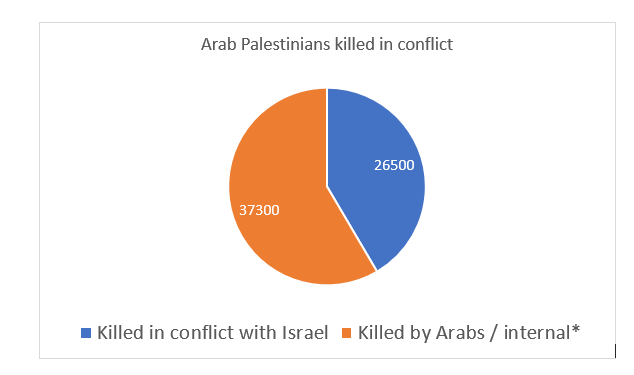 As the Israelis in 70 years, do not seem to be able to match the casualty figures created by short outbreaks of intense violence in Jordan and Lebanon, it makes the claim of ‘brutality’ seem blatantly misplaced.
As the Israelis in 70 years, do not seem to be able to match the casualty figures created by short outbreaks of intense violence in Jordan and Lebanon, it makes the claim of ‘brutality’ seem blatantly misplaced.
The ‘Nakba’ – the ‘crime of the century’
However you play the numbers game, however brutally you try to do so – whenever this conflict is compared with others, you are left scratching your head as to why there is such an obsession with it. How did this conflict just not end in 1949? The ‘Nakba’ is described by anti-Israel activists as being almost unique in its horror. But even if we strip away the context and realities of the civil war, accept a false narrative and focus solely on the numbers, far larger, far more deadly events have taken place elsewhere. In fact when compared to other situations where populations were moved (even with international support) – the events of 1948 were small in number and almost negligible in the death count. In fact in both the numbers of those who fled and the number of fatalities (however we view each fatality as tragic), the Palestinian ‘Nakba’ ranks towards the level of ‘insignificant’ when placed alongside comparable events:*
*figures taken from p77, ‘Industry of Lies’, Ben-Dror Yemini
The bloodiest conflict
We’ve already discussed casualty figures, but as we need to place the upcoming UN table into context, we must first look at global conflicts taking place today. The Israeli conflict is spoken about like no other – words such as ‘Genocide’ are even used. How bad is it? Approximately 140,000 people have died in this conflict in the last 100 years. And that’s everyone – Including British, Syrian, Lebanese, Egyptian, Israeli, Jordanian and Palestinians. And that total is including every conflict and every attack, both before and after 1948. This represents just 25% of the total number of casualties from five years of fighting in Sudan. And about 25% of the total the Syrian civil conflict managed to kill in the same five years. And nations of the west do no better – it represents just 20% of the total the Iraq war brought between 2003 and 2006. The Soviet invasion of Afghanistan led to two million deaths. Then there is Rwanda, Chechnya, Yemen Bangladesh, Somalia, and we could go on. There is a list of the eight bloodiest conflicts of the 21st century, no surprise the Israeli / Arab conflict is not listed.
In fact, if we were to draw a map of global conflict casualties since 2000 it would look something like this:*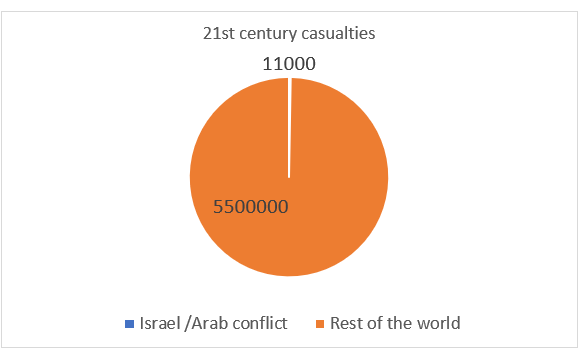
*The Israeli casualty count is pretty accurate and includes regional conflicts such as the 2006 Lebanon war. The global casualty count is a very low estimate. In fact, I stopped counting because I had reached the point where I felt the point had been proven.
Ethnic cleansing and Genocide
The minority populations inside Israel are flourishing. Despite the restrictions caused by the conflict and repressions under their own authority the Arabs in the West Bank are thriving (those in Gaza are under Hamas control). Which makes the ethnic cleansing and genocide accusations morally repugnant. All the more so because the Jewish people know exactly what ethnic cleansing and Genocide really look like:
 Apartheid
Apartheid
Did you know that Lebanese women cannot past citizenship to their children? Over the last year everyone has been attacking Israel for an affirmative ‘Nation State law‘ that in reality does nothing to deprive any citizen of anything, whilst just North of the border, a real Apartheid is taking place. People should listen to Mudar Zahran, a Jordanian scholar of Palestinian heritage, who writes about how Israel gets blamed for everything whilst these humanitarian movements deliberately ignore the human rights of the Palestinian in their countries. In Lebanon, people of Palestinian descent are denied citizenship. They are not allowed to own property and have no free movement. Whilst Amnesty are busy placing Israel under a microscope – their last major report on this abuse in Lebanon was twelve years ago:
The list of Israeli discriminatory laws compiled by Adalah were analysed and found to be nothing but distortion. Using the same ridiculous yardstick, the UK is an ‘Apartheid State’ because of the Christmas holidays and Sunday trading laws. So here are two more graphs. The one on the left compares the number of discriminatory laws in Israel, with the number of discriminatory laws in Lebanon. The graph on the right, compares the number of UK universities holding events on the ‘Israeli Apartheid’ that doesn’t exist, with the number of UK universities holding events about the actual Apartheid in Lebanon:*
* The precise number of discriminatory laws in Lebanon is not known, because nobody has been bothered to detail them. As these refugees in Lebanon are actually restricted by law – access to citizenship, free movement, health care, property purchase, employment and various other freedoms, the actual number of laws that discriminate against them is probably much higher than suggested in the graph.
Ethnic, religious and sexual minority persecutions,
China is currently engaged in a massive ‘resettlement and re-education’ program that is placing Uighur Muslims into concentration camps and torturing them. Globally, many stateless minority religious, ethnic or ethnoreligious groups are vulnerable and under threat – just look at what happened to the Yazidis or Rohingya. In Northern Iraq, the ‘Al-Anfal campaign‘ saw chemical attacks against the local Kurds. A hundred years ago the Christian population of the Middle East was approximately 20%, now it is 5% – and falling.
Brunei have just stated they will begin enforcing the death penalty for adultery and gay sex. In much of the Middle East, homosexuality is a crime. Gay Palestinians often seek refuge in Israel fearing for their lives (especially from the threat of ‘honour killings’). It is estimated that thousands of gay Palestinians live in Israel. There are twenty-nine nations in the Middle East and North Africa. Only in one of them are ethnic, religious and sexual minority groups all protected.
UN Obsessions
The conflict between Israel and the Palestinians is clearly a low intensity, regional spat. Israel is visibly a functioning vibrant democracy in a sea of despotic nations. In Israel’s very neighbourhood, in just the last few years, millions of people have been killed in brutal conflict. Genocide, ethnic cleansing, Apartheid – it is all there in abundance. UN discussions would reflect this – right? Wrong. In fact the UN obsession with Israel, both in the General Assembly and the Security Council would lead anyone to believe Israel is the violent regime in a sea of tranquil democracy. This filters through the system and other UN bodies are little more than attack-dogs set-up to delegitimise Israel. The most notable is the Human Rights Council, that only just recently issued even more reports full of discrimination and bias against the Jewish state. Are they fit to judge? Are they unbiased? The UNHRC condemns democratic Israel more than it does the rest of the world combined:
Conclusion
When you engage in discussion about Israel be clear about where you stand. Highlight the obvious. The bias is not in the discussion over an incident. In fact, if you are arguing over a checkpoint or a casualty or the location of a capital city, then you have already ceded far more ground that you should. The antisemitism is not a piece of criticism against Israel. The microscope that is placed on Israel and the double standards and hypocrisy used to judge the Jewish state, place most of the arguments and criticism across the line from ‘fair’ to ‘discriminiatory’. It does not matter whether the obsession is in part driven by geo-politics or through anti-Jewish racism. Institutional racism in the MET wasn’t about the racism of the individual policemen, but rather the system that led to a racist result.
By whichever measure you choose to compare this conflict, it barely registers. The obession with Israel is clearly *part of the conflict* rather than anything to do with finding a solution for it.
A major h/t needs to be given to Ben-Dror Yemini. Ben-Dror has been fighting for truth and peace for much of his life. Many of the ideas and sources in this piece came from his latest book and ‘Industry of Lies‘, is well worth placing on any bookshelf that seeks to understand the complexities of this conflict.
———————————————–
Help support the fight against antisemitism and delegitimisation
This blog is unique and I engage in undercover research into antisemitism and the revisionist narrative against Israel. The work is fully independent, and I have uncovered many key stories on antisemitism on this site. My work has led to major investigations and political resignations. My findings have challenged some of the core false narratives that attempt to delegitimise Israel. I was recently named as one of the J100 (‘top 100 people positively influencing Jewish life’) by The Algemeiner.
If you can, please consider making a donation towards the ongoing research.
You can make PayPal donations using the donate button above. I have also just opened a Patreon page. If you can consider donating just a few pounds a month it would be a great way to help me to kick-start it.
Every contribution is truly appreciated
Warm regards
David
The post The Israeli – Arab conflict in context – how you have never seen it before appeared first on The David Collier blog.

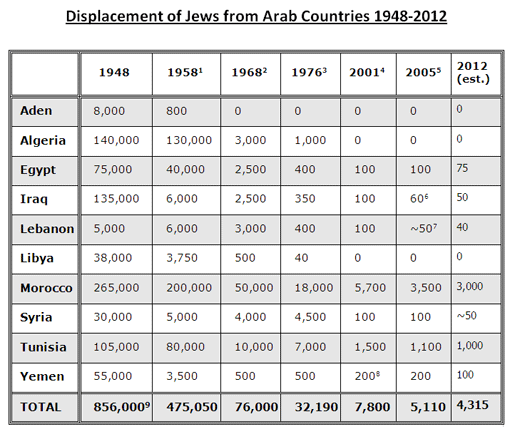
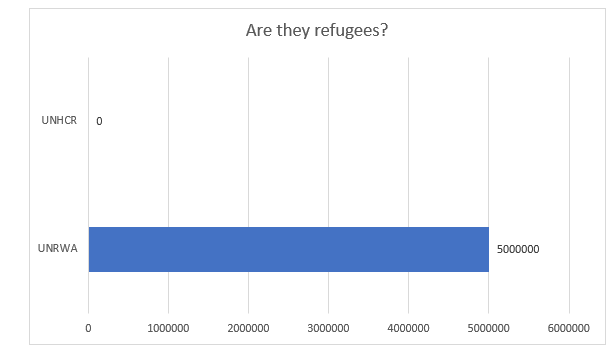

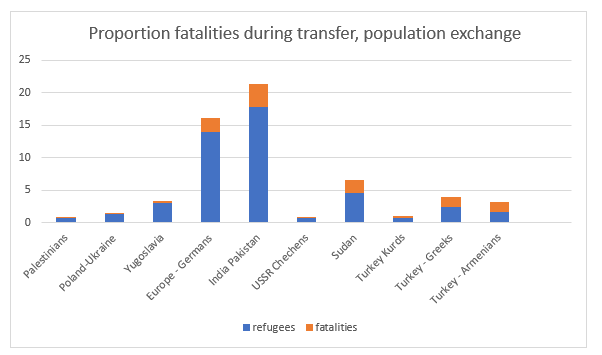
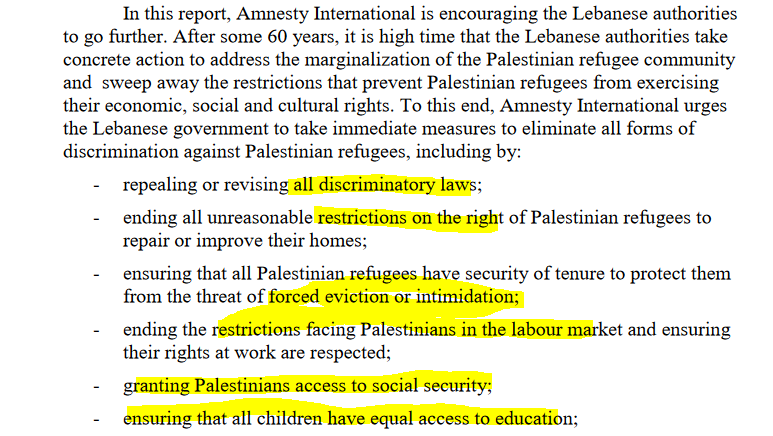

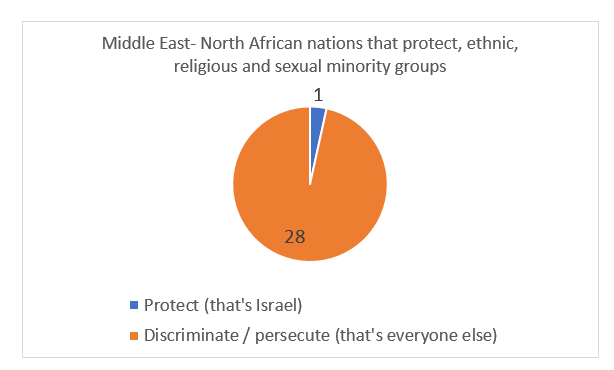
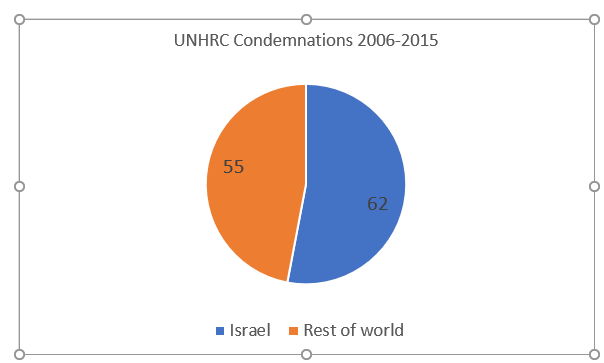
Leave a Reply